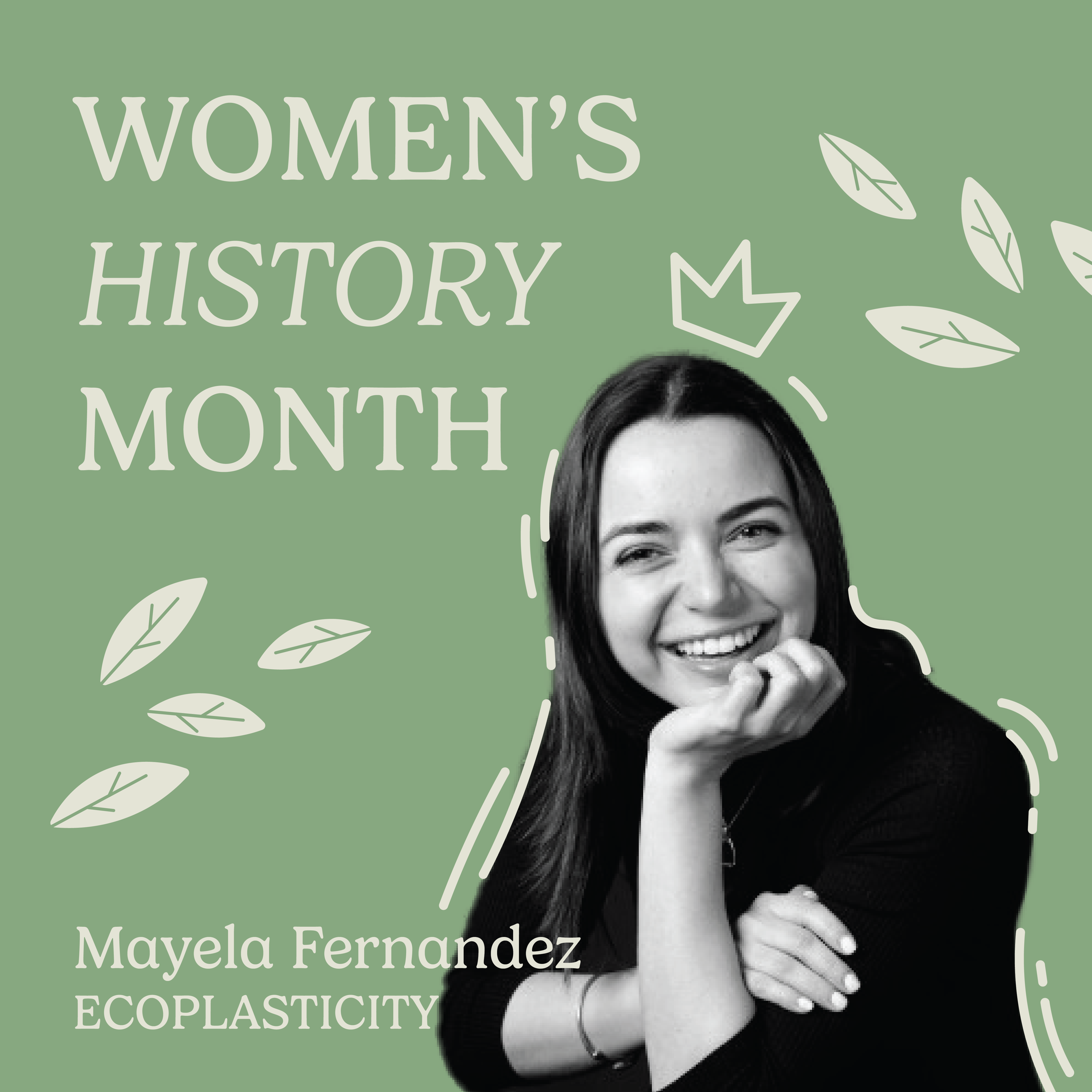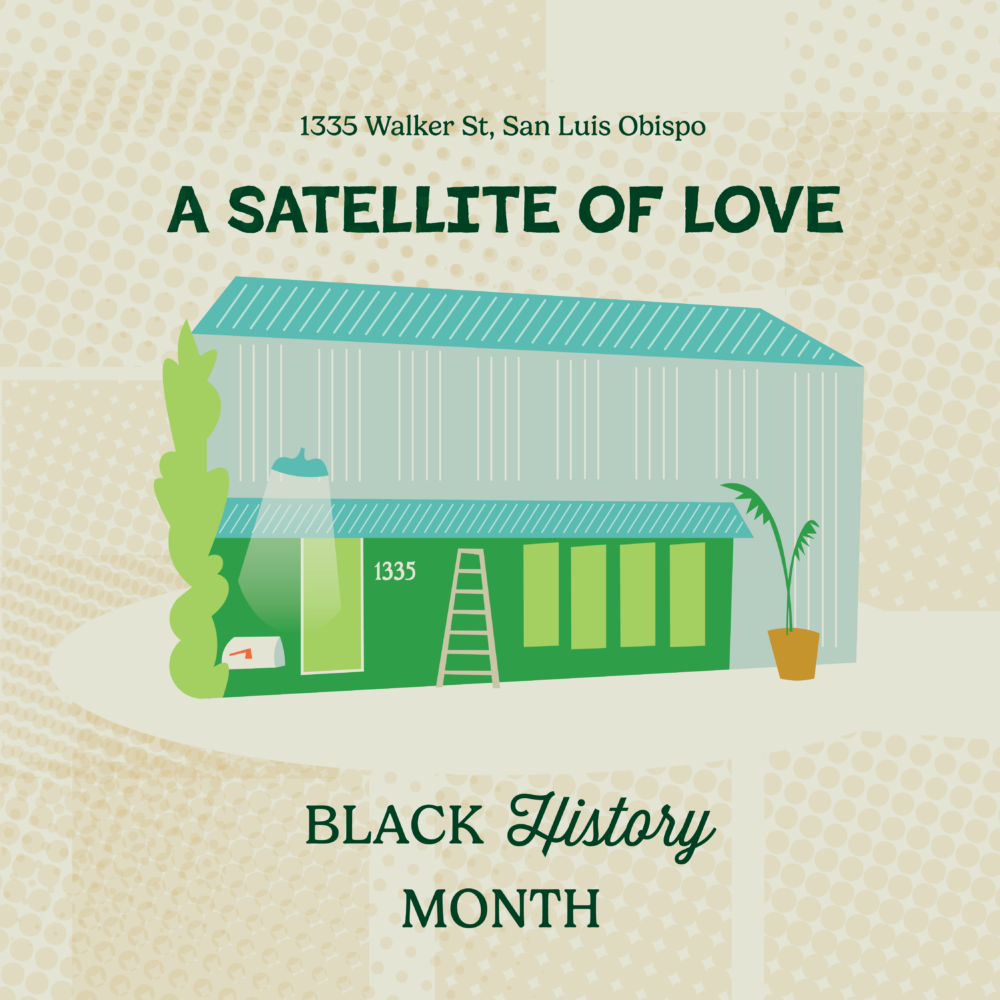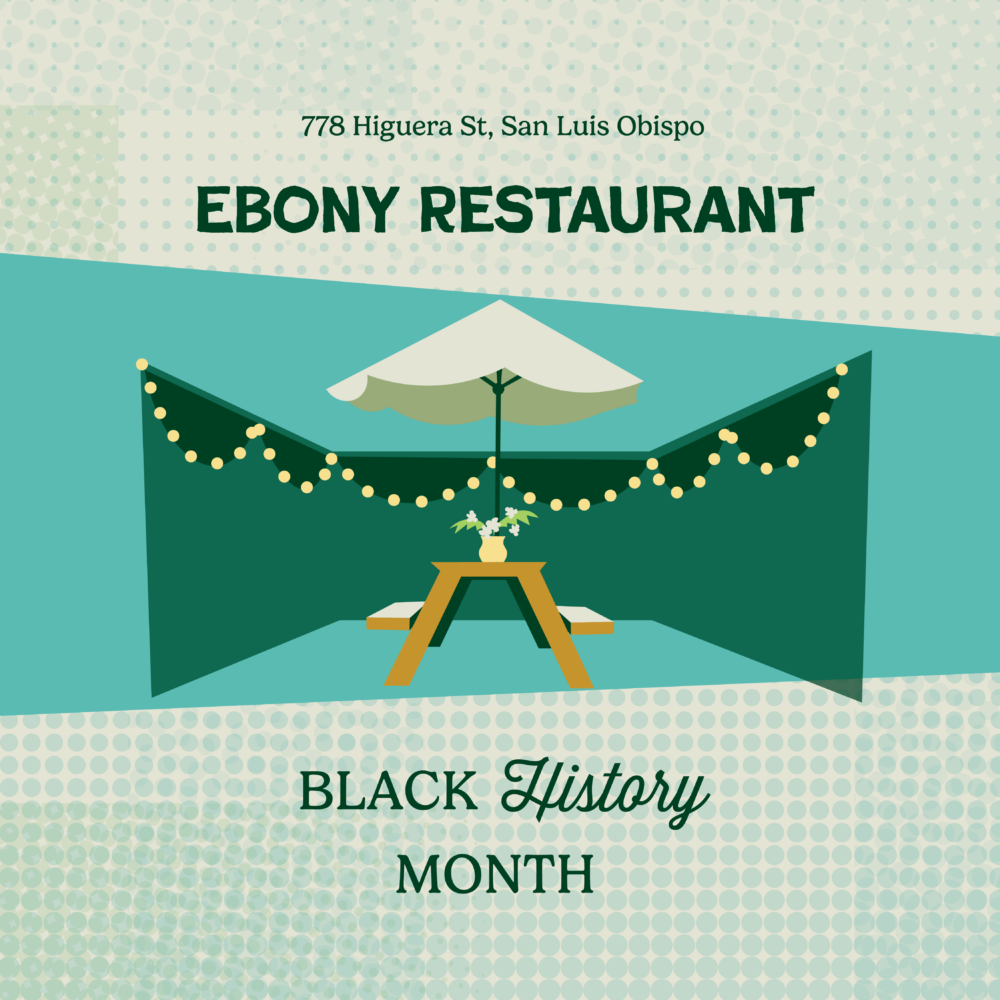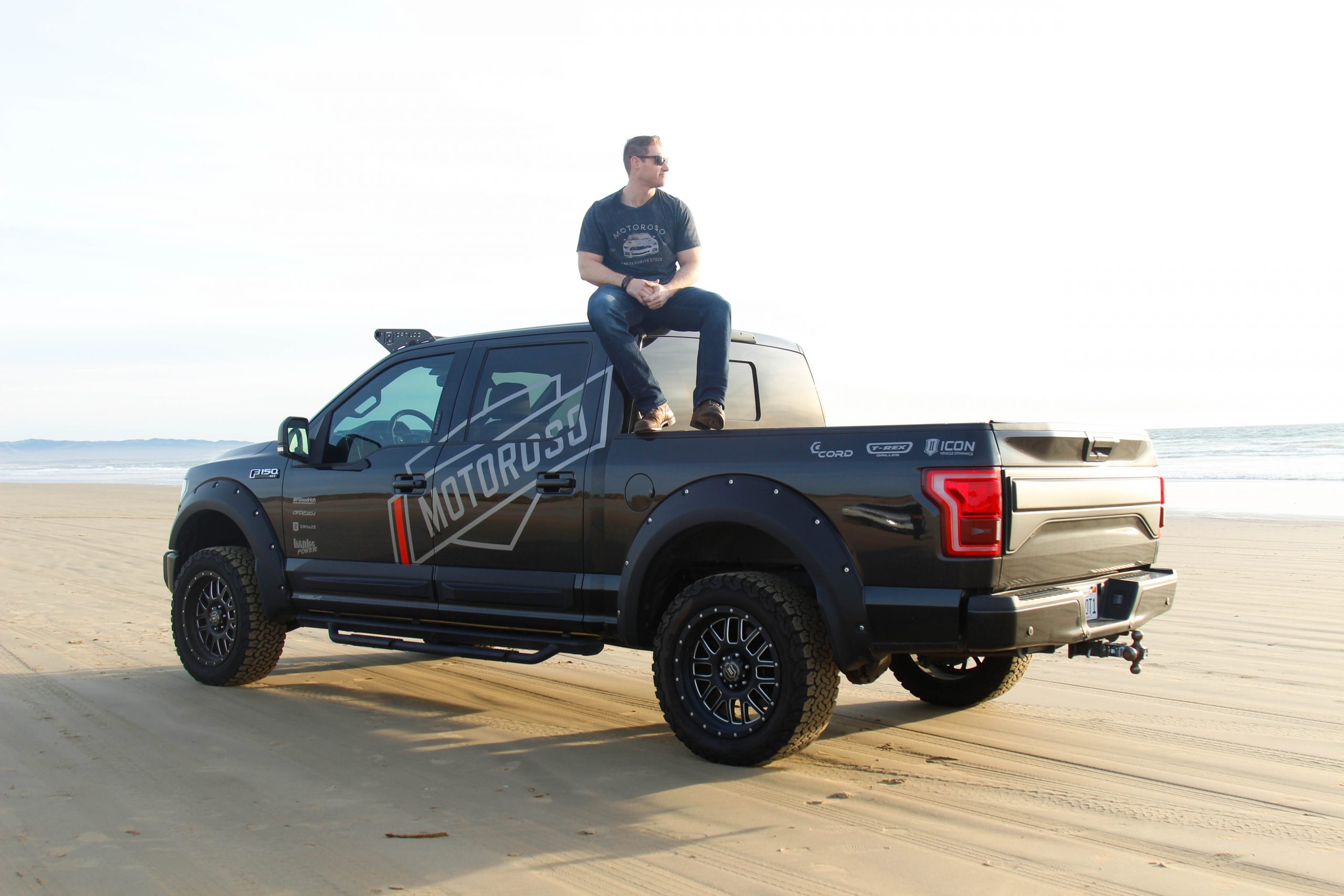Women’s History Month: Skye McLennan

As the CIE continues to highlight extraordinary women who are making an impact in the community in honor of Women’s History Month, we are spotlighting Skye McLennan, a passionate advocate for cinema, storytelling and community. As the Executive Director of the San Luis Obispo International Film Festival, McLennan has dedicated her career to the power of film and its potential to foster community.
Her journey into the film industry began at just 18 years old, when she started working in film festivals simply as a way to be around what she loved most—movies. Over time, that passion evolved into a deep appreciation for the unique experiences film festivals provide.
“I really believe in the transformative power of cinema and connection and cultivating community,” McLennan said.
Her career has taken her to some of the world’s most renowned film festivals, including Sydney Film Festival, Sundance and Tribeca, before bringing her back to her home to San Luis Obispo. Now, she is shaping the local film scene and expanding its reach through year-round programming.
One of McLennan’s proudest career moments was the establishment of the SLO Film Center at the Palm Theatre, a cherished local venue. “It’s a place I treasure near and dear to my heart, and I hope that our vision helps ensure its future for many years to come,” she said.
Like many industries, the film world comes with its challenges, particularly for women.
“I think not only just as a woman but as a younger woman, people judge you on your appearance and have certain expectations of you,” McLennan shared. “There is this constant feeling that you have more to prove and that you also need to be ‘nice’ so you don’t come off the wrong way.”
Though Women’s History Month is an important time to reflect on the achievements of women throughout history, McLennan believes in celebrating those contributions every single day.
“Don’t be afraid to take risks and support one another. I believe in the power of collaboration and a team of peers that uplift each other. Identify the people that support you and hold onto them.”























